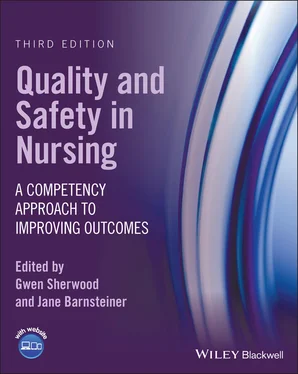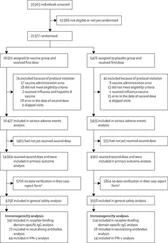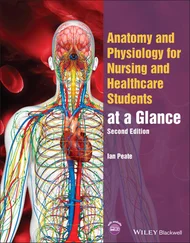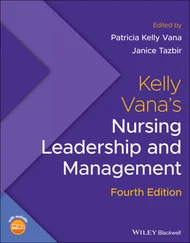Quality and Safety in Nursing
Здесь есть возможность читать онлайн «Quality and Safety in Nursing» — ознакомительный отрывок электронной книги совершенно бесплатно, а после прочтения отрывка купить полную версию. В некоторых случаях можно слушать аудио, скачать через торрент в формате fb2 и присутствует краткое содержание. Жанр: unrecognised, на английском языке. Описание произведения, (предисловие) а так же отзывы посетителей доступны на портале библиотеки ЛибКат.
- Название:Quality and Safety in Nursing
- Автор:
- Жанр:
- Год:неизвестен
- ISBN:нет данных
- Рейтинг книги:5 / 5. Голосов: 1
-
Избранное:Добавить в избранное
- Отзывы:
-
Ваша оценка:
- 100
- 1
- 2
- 3
- 4
- 5
Quality and Safety in Nursing: краткое содержание, описание и аннотация
Предлагаем к чтению аннотацию, описание, краткое содержание или предисловие (зависит от того, что написал сам автор книги «Quality and Safety in Nursing»). Если вы не нашли необходимую информацию о книге — напишите в комментариях, мы постараемся отыскать её.
Quality and Safety in Nursing
Future of Nursing
Quality and Safety in Nursing, Third Edition
Quality and Safety in Nursing — читать онлайн ознакомительный отрывок
Ниже представлен текст книги, разбитый по страницам. Система сохранения места последней прочитанной страницы, позволяет с удобством читать онлайн бесплатно книгу «Quality and Safety in Nursing», без необходимости каждый раз заново искать на чём Вы остановились. Поставьте закладку, и сможете в любой момент перейти на страницу, на которой закончили чтение.
Интервал:
Закладка:
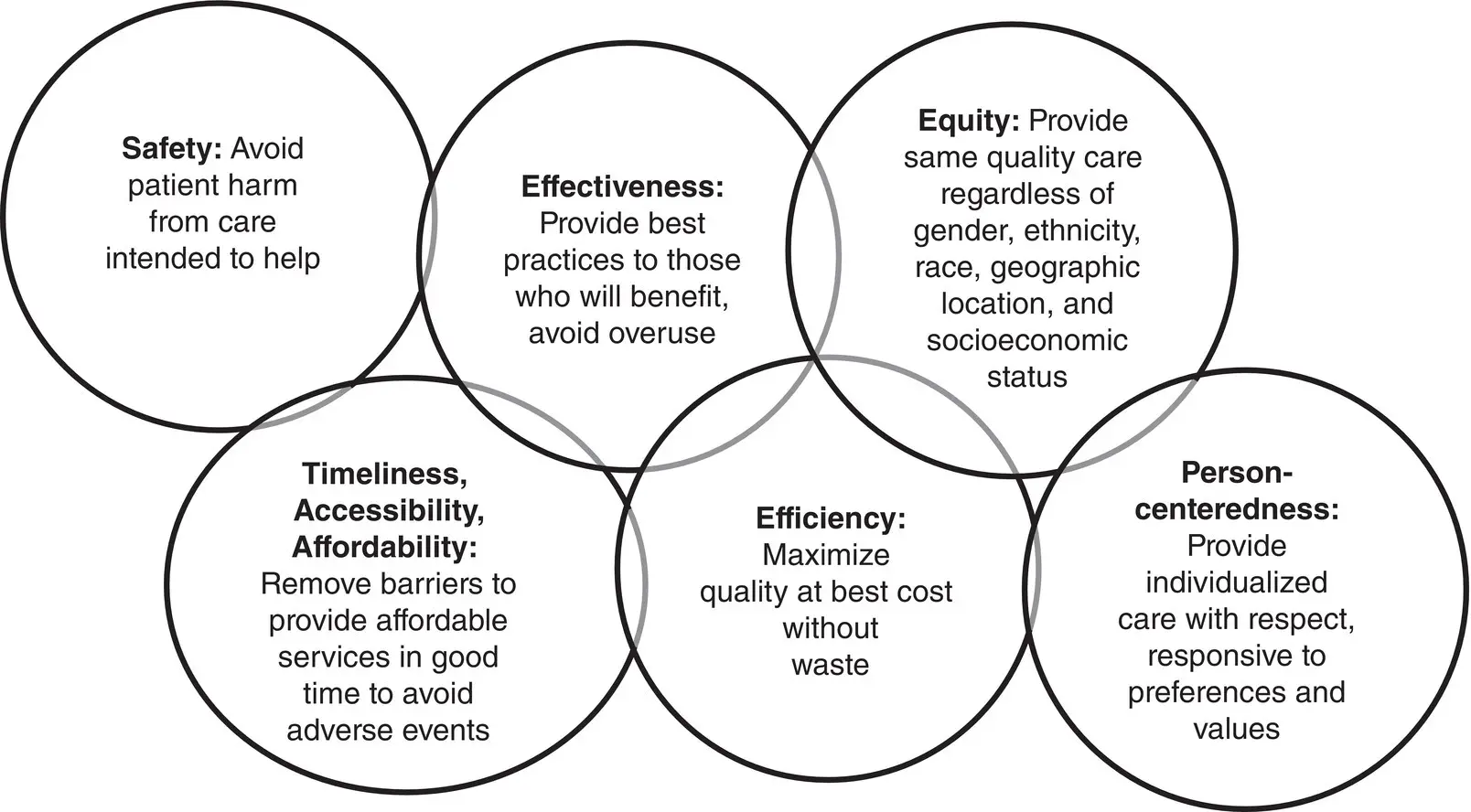
Figure 1.12018 Global update on 2001 IOM STEEEP model of health care quality.
Sources: National Academy of Medicine, 2018, Institute of Medicine, 2001, Crossing the Quality Chasm: A New Health System for the 21st Century . Washington, DC.
Education was recognized as the necessary intervention for improving systems of care in the 2003 IOM report, Health Professions Education: A Bridge to Quality . The report outlined a radical redesign for all health professional education to emphasize six core competencies essential for improving twenty‐first‐century health care: patient‐centered care, teamwork and collaboration, evidence‐based practice, quality improvement, safety, and informatics. To integrate the six competencies into nursing, the Robert Wood Johnson Foundation funded the QSEN project, described later in this chapter and more fully in Chapter 3.
Two additional IOM reports, Keeping Patients Safe: Transforming the Work Environment of Nurses (IOM, 2004) and Identifying and Preventing Medication Errors (Aspen et al ., 2007), examined the impact of the work environment on quality safe nursing care and the magnitude of medication safety. Nurses are key to improving quality and safety: they are the largest segment of the health care workforce and spend the most time with patients. The 2004 report illustrated how working conditions, environment, leadership support, human factors, roles in decision‐making, and workforce influence safe quality care and stimulated further study on the link between working conditions and relationships on quality and safety outcomes discussed later in the chapter.
Nurses have a central role in medication safety, a complex intervention examined in the fifth book in the series (Aspen et al ., 2007). Medication errors are the single largest category of mistakes and often result from interruptions, distractions, poor processes, staffing, and lack of team collaboration of those involved in the medication administration trajectory. On average, inpatients may experience at least one medication error per day. Medication errors account for over 7,000 deaths annually. The US Food and Drug Administration (FDA) investigates more than 100,000 US reports each year of suspected medication errors ( https://www.fda.gov/drugs/information‐consumers‐and‐patients‐drugs/working‐reduce‐medication‐errors). Beyond the United States, as many as 4 in 10 patients globally are harmed in primary and outpatient care primarily due to medication usage (Slawomirski, Auraaen, & Klazinga, 2018).
Through the years the IOM Quality Chasm series has remained a relevant primer to examine health care improvement. Primary recommendations, many still unmet, are provided in Textbox 1.1.
Examining Progress: The Impact on Quality and Safety
Twenty years later, health care quality and safety continue to be a major threat. Several progress reports (Leape and Berwick, 2005; Wachter, 2004, 2010; National Patient Safety Foundation, 2015) indicate many core safety actions remain elusive, including interprofessional teamwork, health care–acquired infections, clear communication, and patient‐centered care, and preventable deaths have not lessened. Makary and Daniel (2016) estimate there are 251,454 preventable deaths each year in the United States, although there is still no reliable reporting mechanism because it is difficult to track these through death certificates or patient records and there is continuing reluctance to report sentinel events. Other countries report similar data (National Academies of Sciences, Engineering, and Medicine [NASEM], 2018). Preventable deaths are considered the third leading cause of death in the United States, although in 2020 they were surpassed by the unprecedented deaths from the COVID‐19 pandemic.
Progress has been slow and uneven from the start. Five years after To Err Is Human (IOM, 2000) was released, Wachter (2004) reported five key takeaways:
Initial impact from regulations leveled off after time, indicating regulations alone do not result in lasting change.
Providers have been slow adopting information technology applications.
Workforce organization and training remain uneven.
Early reporting systems had little demonstrable impact.
Only small improvement in accountability was noted.
Thus, Wachter concluded, we are at the end of the beginning, meaning much work remains.
In 2010 Wachter used a report card grading system from A (highest) to D (lowest), and rating progress improved from a C+ in 2004 to a B– in 2009. Leadership engagement from provider organizations and reporting systems were gauged as having made the most progress, in part because of a stronger business case for hospitals to concentrate on safety and quality, increased accreditation standards and error‐reporting requirements, and national and international campaigns from groups such as the Institute for Healthcare Improvement (IHI), the Agency for Healthcare Research and Quality (AHRQ), the Joint Commission, the National Quality Forum, and WHO. Hospitals were still slow to fully implement information technology applications, safety cultures that balance no blame with accountability, human factors to address workforce concerns, and measurements for improvement.
Measuring the impact of quality and safety efforts is challenging, particularly patient deaths due to preventable harm, because of their hidden nature, providers’ unwillingness to share exactly what happened, varying definitions of what is reportable, and fear of punishment. Estimates of inpatient deaths have ranged from the 44,000 and 98,000 in the 1999 report to James's (2013) projection of 250,000–400,000 per year. More recently, Makary and Daniel (2016) estimated 251,454 deaths annually based on examination of death certificates. Globally, the 2018 report indicates that between 5.7 and 8.4 million deaths occur annually from poor quality of care in low‐ and middle‐income countries (NASEM, 2018). Regardless of the exact number, these reports, like the report cards above, indicate that change is coming slowly, albeit any number above zero is unacceptable.
Inpatient preventable harm alone costs the system $33.7 billion in aggregate hospital costs, accounting for 3.5 million potentially preventable adult inpatient stays (McDermott and Jiang, 2020). Economic costs are only part of the total costs: patients and families pay double in emotional costs, pain and suffering, lost productivity and wages, and physical harm. Health care staff working in flawed systems cope with inadequate resources, experiencing demoralization that contributes to dissatisfaction and low morale that diminishes attention to safety (Tawfik et al ., 2019). For everyone, there is an erosion of trust from the pitfalls experienced that defies measurement.
In 2015 the National Patient Safety Foundation (NPSF, now part of the IHI) convened a panel to examine progress 15 years after To Err Is Human . The White Paper, Free from Harm , has similar results as the previous progress reports. Both issued the same caveat, that for the most part, safety and improvement are a set of piecemeal strategies lacking a coherent, system‐wide, coordinated and committed plan (NPSF, 2015). The panel issued eight recommendations to accomplish change, listed in Textbox 1.2.
In 2018, NASEM, with support from organizations around the globe, convened a global panel that issued the first Global Quality Chasm Report . It identified defects in quality of care around the world. This groundbreaking document, the first global report on health care quality, concluded that many of the same problems exist in most countries. Fragmentation is common, meaning most care happens in a series of disparate interventions rather than from a coordinated, purposefully designed system. Inpatient care is disconnected from community outpatient care; health care professions education happens in silos and includes little on teamwork behaviors and principles of interdependence; and patients are relegated to passive roles. Rather than promote excellence, quality of care is hampered by system dysfunction, unclear goals, poorly prepared workforces, burdensome rules and procedures, ineffective information flow, and unreliable supply chains. As a result the workforce is fatigued, discouraged, and disenfranchised by ineffective work environments. Economic costs are high: as much as 15% of all hospital costs in countries in the Organization for Economic Cooperation and Development (OECD) result from patient harms in adverse events, lack of person‐centered care, and inconsistent adherence to evidence‐based best practices (NASEM, 2018).
Читать дальшеИнтервал:
Закладка:
Похожие книги на «Quality and Safety in Nursing»
Представляем Вашему вниманию похожие книги на «Quality and Safety in Nursing» списком для выбора. Мы отобрали схожую по названию и смыслу литературу в надежде предоставить читателям больше вариантов отыскать новые, интересные, ещё непрочитанные произведения.
Обсуждение, отзывы о книге «Quality and Safety in Nursing» и просто собственные мнения читателей. Оставьте ваши комментарии, напишите, что Вы думаете о произведении, его смысле или главных героях. Укажите что конкретно понравилось, а что нет, и почему Вы так считаете.
